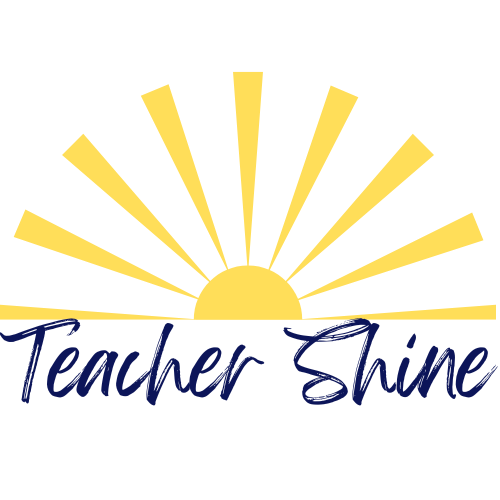Reading? Science? What’s the connection? I know you might be asking this, so I want to dive into this fascinating topic that has proved game-changing in my classroom.
In this blog, I attempt to answer these questions:
- What is the science of reading?
- What is the common misconception about reading?
- What are some essential concepts of the science of reading that are easily applicable in our own classrooms?
So, let’s go right ahead!
The Science of Reading
The science of reading is a field of research that explores how our brains process written language and how we can effectively teach reading skills to individuals. It emphasizes the importance of several key components in reading instruction, that include phonemic awareness, phonics, vocabulary development, fluency, and reading comprehension, among others.
Debunking the Misconception of Reading
It has been a common misconception that reading is simply decoding words and find out its meaning. While reading does involve finding out a word’s meaning, it is in its entirety unlocking a world of knowledge, imagination, and lifelong learning. In other words, reading is engaging the overall aspect of the person reading. Hence, when we understand how the brain processes the written language, then we can effectively teach our students to become proficient readers.
The Familiar Aspects of the Science of Reading
Phonics
One of the most important insights I gathered from studying the science of reading is the importance of phonics. Phonics is the relationship between sounds and letters, and therefore, forms the foundation of reading. When we teach our students the sounds that letters make and how they blend together, we give them the keys to unlock words they've never encountered before. It's like teaching them the secret code of the reading universe!
Balanced Literacy Approach
While phonics is crucial, the balanced literacy approach leads to a well-rounded learning experience. This approach incorporates phonics, vocabulary development, fluency, and comprehension strategies in our teaching methodology. When all of these aspects are integrated together in teaching reading, we build a strong foundation of literacy that equips them for success.
Reading Comprehension
Another aspect of the science of reading is the reading comprehension. This is in fact the ultimate goal of literacy, wherein the student understands, analyzes, and connects ideas from what he or she has read.
The science of reading has shown me the importance of explicitly teaching comprehension strategies like predicting, questioning, visualizing, summarizing, and making connections. These strategies empower our students to become active readers who engage with the text on a deeper level.
Background Knowledge
One more interesting aspect of the science of reading is the impact of background knowledge on comprehension. Our prior knowledge serves as building block that helps us make sense of new information. As teachers, we can tap into this by connecting new concepts to our students' existing knowledge, making their learning experience more meaningful and memorable.
Vocabulary
The science of reading also enables the student to build a rich vocabulary, which is like adding vibrant colors to a painting. The more words that a student knows, the better they can understand and express themselves.
The science of reading emphasizes the importance of explicit vocabulary instruction, using context clues, word roots, and multiple exposures to words in different contexts. By nurturing their vocabulary, we empower our students to become confident communicators and articulate thinkers.
My Takeaway
Incorporating the science of reading into my teaching has transformed the way I approach literacy instruction. It has made me more intentional, strategic, and effective. By staying up to date with the latest research and attending professional development workshops, I've continued to refine my teaching practices and provide my students with the best possible learning experience.
Let’s keep this in mind: teaching reading is not just about passing on a skill; it's about opening doors to endless possibilities. It's about empowering our students to become critical thinkers, empathetic individuals, and lifelong learners. So, let's dive into the science of reading together and witness the transformative power it can have in our classrooms.
Happy reading, my fellow educators!


















